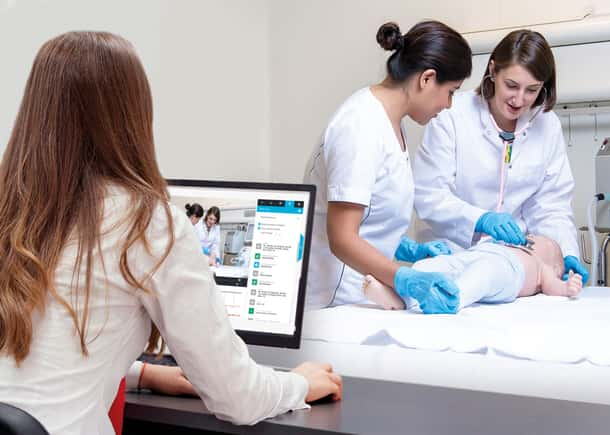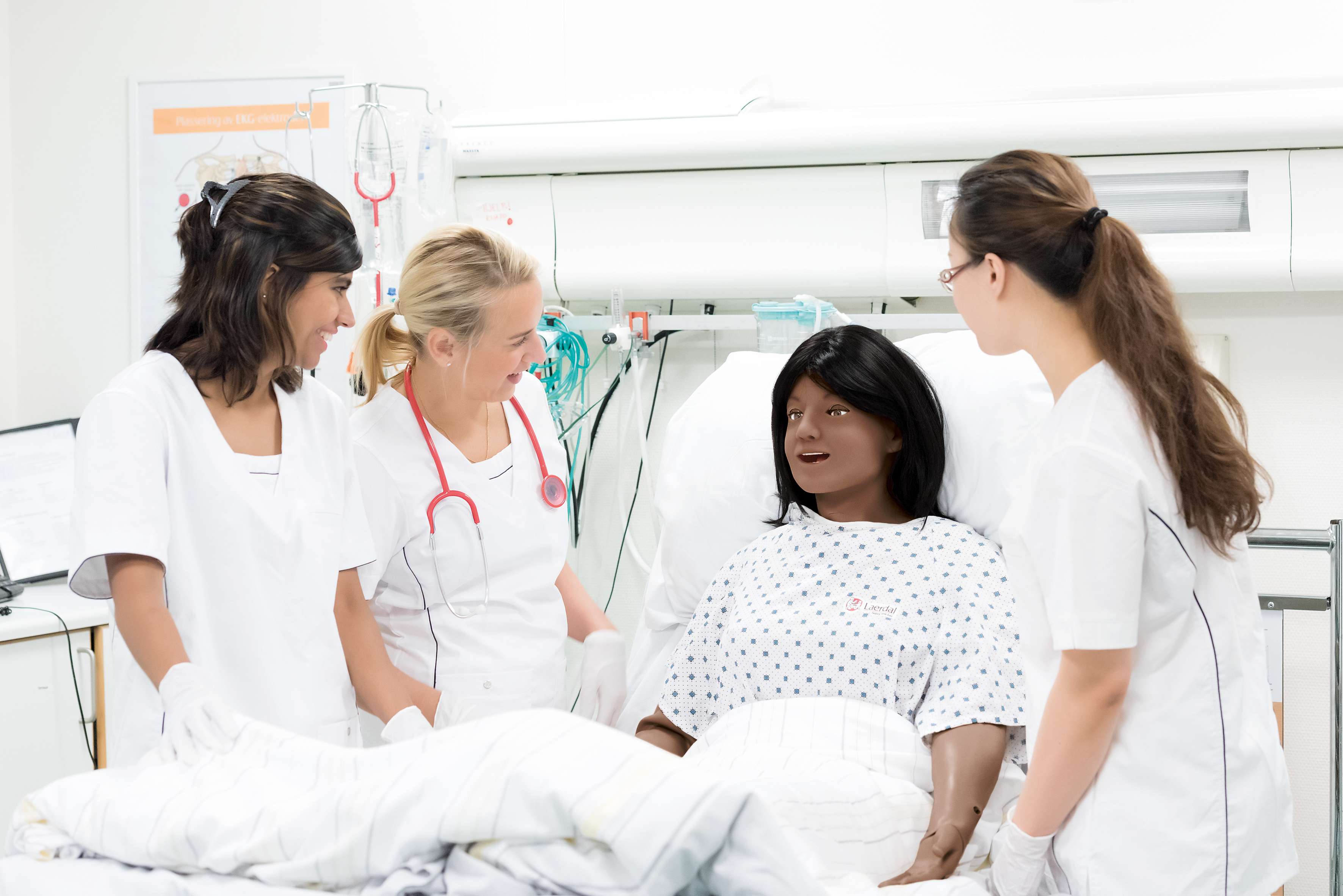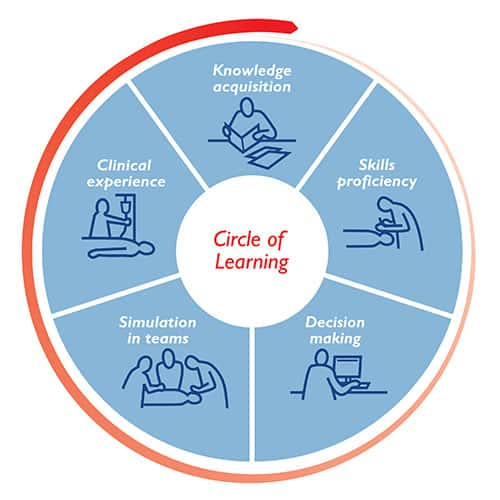Looking Forward: What to Expect in Nursing Education
A summary of what we're seeing - plus some guidance to help

A summary of what we're seeing - plus some guidance to help

Many European countries are facing severe staff shortages in health and care. For several years now, The European Federation of Public Service Unions (EPSU), together with many other organisations has raised concerns about the shortage of around 2 Million health professionals in the EU. The NHS in England has had close to 100,000 vacancies for years now, including about 40,000 nurses.
In 2020 the first State of the World’s Nursing (SOWN) report, published by the World Health Organisation (WHO), revealed the global nursing workforce was at 27.9 million and estimated there was a global shortfall of 5.9 million nurses1.
With the ageing of the nursing workforce, 17% of nurses globally are expected to retire within in the next ten years, and 4.7 million additional nurses will need to be educated and employed just to maintain current workforce numbers, let alone address the shortages. In total, 10.6 million additional nurses will be needed by 2030.
The pandemic has magnified and exacerbated the global nursing shortage issues and obviously increased risks to the health workforce, including occupational infections, stress and burnout from months of caring for COVID-19 patients. In some countries, nurses have in addition faced physical violence and psychosocial stigma.
Looking ahead, more nursing programs are turning to simulation to help them do more with less so they can continue to meet an urgent need. Below, we share how simulation in nursing education is playing a role in helping schools produce practice-ready nurses in 2022.
With all the uncertainties surrounding the future of the pandemic, many nursing programmes are growing their simulation programmes to provide a safety net from the scarcity of clinical site opportunities. And, educators are increasingly realising the value of the nursing simulation lab in creating a risk-free hands-on learning environment.

Rik Depauw, Nursing Lector, Karel de Grote University College, Belgium
If one of your many worries is having enough clinical time for your students, you may want to consider growing your simulation programme to provide assurance that hands-on opportunities are consistently available.
First and foremost, find out your Nursing Regulatory Body's education requirements for use of simulation in your region. Then, consider investing in a simulator that is often used for replacing clinical time in nursing programmes.
Nursing Anne Simulator is a common choice for covering core nursing skills, and its modularity allows it to simulate a variety of patients.
When paired with careful measurement and assessment of performance data, simulation can help create efficiency. Simulations ensure that each student gets the same quality consistent experience. Performance data insights can help uncover individual or cohort-level issues early so they can be ironed out immediately. The result? An efficient “manufacturing” process that churns out confident, prepared future nurses.
Dr. Desiree Hensel, Dean of Curry College School of Nursing3
Looking ahead, many programmes plan to continue embracing simulation and other technologies to facilitate both in-person and online learning. In a 2020 survey on future technology trends in nursing education, responses from 450 nursing administrators, faculty, and deans found that 39% plan to offer more online courses post-pandemic.6 48% of respondents intend to invest more in virtual simulation in the next 2 years, while 34% plan to invest more in high-fidelity manikins.7
With more programmes increasingly using multiple forms of simulation, some simulation centers are implementing approaches to help organize and align their simulation activities with learning pathways. The SimZones framework is one such approach. Originally developed for the Boston Children’s Hospital Simulation Programme, SimZones is a system for matching simulation delivery methods to specific learning needs.8 It separates simulation activities into four zones, with the learning goals increasing in complexity as students progress through each zone.
This phased simulation learning journey allows students to “walk before they run” and build upon what they’ve learned before reaching a real patient.

Laerdal has created its own modified framework for organising the learning progression with our Circle of Learning. This systematic approach to healthcare training shows the phases of learning required to develop confidence and competence to effectively treat patients.
Efficiency will be key to building for better outcomes in 2022. Consider using the Circle of Learning to help you identify and address any missing pieces that might exist in your program. You may want to look for options that can also help you deal with other issues like shortages in space, faculty, or clinical time. Here are a few of our predictions for how our clients will be using simulation to address some of the segments within the Circle of Learning in 2022:
vSim for Nursing
Develop clinical reasoning skills, competence, and confidence in nursing students with vSim for Nursing.
Nursing Anne Simulator
Nursing Anne Simulator is a modular platform consisting of a variety of accessories and interchangeable parts that facilitate a variety of simulated patients and provide unique training opportunities.
Premature Anne
Developed in collaboration with the AAP, Premature Anne is designed to facilitate training of healthcare professionals in proper care and resuscitation techniques for preterm infants.
Educational Services
Our educational portfolio will help you to implement best practices in your simulation training to optimize learning potential in your students.
Technical Services
Prolong the life-span of your simulation equipment with follow-up services from Laerdal Technical Services.
Managed Services Program
With our Managed Services Program, we provide you with a flexible and sustainable solution designed to meet your organization's unique needs and ensure success.